Pedagogical Approaches
- Liezel Prins
- Sep 7, 2023
- 6 min read
By examining educational structures, we get a better understanding of the intricacies surrounding various communities. Tendencies toward certain behaviors such as leaning into instant gratification, absentmindedness and other wasteful behaviors are some of the issues we are drawn to resolve in younger students at the studio. Pedagogical experimentation may be a way to interrupt these current outputs.
With planning, tweaking and re-assessment, a curriculum focused on the creative process was developed. This curriculum was adapted to accommodate three different institutions:
Various ‘city art studio’ projects, including longterm weekly classes as well as summer- and winter camp projects.
A long term weekly program in collaboration with The Wisdom Language Institute which operates within the homeschooling system.
Semester-based workshops in collaboration with the Language Center at the Taiwan National University.
Below I will describe how the choice of subject(creative process) contributes to specific aspects of development and how it attempts to reinforce behaviors associated with a ‘healthier’ self. I will follow up with examples of outcomes after about a year of activation and observation.
The twenty-eight week creative program is divided into four individual parts, a fifth part was added later which brought the total amount of weeks to thirty-six.
Machine-drawing is a combination of understanding electronics and developing drawing skills. Three simple ‘toy’ robots are assembled over the course of eight weeks. During this time, students are encouraged to understand the inner workings of all relevant components. Besides good hand-eye coordination, students also develop the understanding that anything, working well, is made up of small carefully calculated steps, this idea is also reinforced by developing drawing skills where we investigate all things drawing related from graphite pencils to fine-liners. The Machine-drawing module conclude with a combination of the two where the student is encouraged to find structure within the mess created randomly by the ‘machine’. During this stage the student is expected to apply the skills learnt: from understanding 3D form on 2D surfaces, various rendering techniques, tonal values, line-work and creating points of interest. The above mentioned activities allows the student time with themselves in silence. This process tends to be a struggle at first, but given time, most students settle into a rhythm. ‘Boredom’ is almost always taken for granted and underestimated, but it has to be understood that those with introspection, seldomly experience boredom. This specific creative process can be seen as a vehicle to stimulate introspection and as preparation for the following weeks to come.
In Camera Obscura, precision comes into play yet again. After a short theoretical introduction about optics, students are invited to construct individual pinhole cameras from smartphone boxes, ironically. This eight-week process takes the students from developing an understanding of the theory of light to practically experiencing it. Darkroom practice is also introduced in which the students partake. Even younger learners are allowed to mix and work with the chemicals under close supervision in a safe controlled environment. Patience and practice is rewarded with the developing process where students watch their exposures magically develop in their gloved-hands. This is always an exciting conclusion of our second class. Final exposures are re-imagined as pins, badges, fridge magnets as well as final mounted images.
The third module is kicked off with an opinion based discussion surrounding street art and graffiti. Here students are introduced to various styles, movements as well as practicing contemporary artists. Some key works from relevant artists are presented and the students are asked their opinions regarding the meaning behind these works, this is, after the students are introduced to how visual work could be read and understood. The next step involves a discussion surrounding environmental collapse and endangered species and how this is juxtaposed with the popularity of fictional fauna/flora as seen in something such as the Pokemon ‘empire’. Students are encouraged to contemplate this bizarre duality and encouraged to represent this visually in their own work, utilizing the methods and styles discussed at the beginning of the third module.
Our creative-process students are challenged in our concluding module with understanding and executing a lino-print. Here again we work with a selection of critically endangered species as a topic; the reason behind this choice is to activate a thought process as well as triggering some form of empathy toward something outside of their immediate surroundings. After a short introduction of the selected animal species, we move onto an exploration of tools, materials and the work process. I aim to get students deeply involved in a discussion while caught up in repetitive work about their relationship toward their environment. After spending a large chunk of time on preparation the student will be rewarded by printing their first edition using a baren, after which we’ll move onto the etching press for even better printing results. We will conclude our process with mounting the final work, which by this time, the students are prepared for. Each student will round off their entire process with a handprinted tote bag.
Only this year, have we introduced a new module to the studio curriculum. This 3D project involves all things Polymer. I have incorporated a recent global concern regarding micro plastics and the general health of the world’s oceans. This section of the curriculum kicks off with a basic introduction of materials, tools and techniques followed with a day-trip to the closest beach where we gather information regarding the health of each particular environment. We look at what artificial object are present, its level of degradation and its possible origins. We measure the amount of nurdles/plastic particles found within specified designated patches of beach. We document all our observations for studio discussions later which will inform our tangible projects. This part of our curriculum aims to stimulate awareness about our place in the world and what impacts our daily lives encroach onto our environments. We discuss possible solutions and outcomes of the current trajectory if pollution continues. In this way we hope to stimulate a need to take care of the things that matter. With this project I have observed evidence of how we as creators can move beyond only ‘raising awareness’ regarding pressing issues. Students returned long after with information regarding beach health abroad and how different locations relate in comparison. Most students activated discussions with family members and friends on how to responsibly visit scenic areas and how to responsibly discard waste. Most students seem to be actively aware of the solutions that need to be developed and the responsibility that needs to be taken.
An electronics class was also introduced, where we develop a basic understanding of electronics first, with the use of simple, snap circuit kits before we move on to more complex Arduino projects. We start from complete basics and gradually build our way up with more complexity. We fine-tuned our methodologies in order to motivate students and stimulate growth with regard to gathering the skills required to problem solve, work effectively as part of a team and paying close attention to detail. These classes are longterm and in-depth in order cultivate patience as well as habits of staying organized and never giving up finding solutions to problems.
Since August 2022 we have expanded into developing a curriculum for two longterm ceramic classes as well, where we focus on honing skills specific to terracotta and other low-firing earthenware. After the students have gained confidence working with the clay through multiple small scale, skill-based projects we move on to expanding their knowledge regarding various tools, techniques, incorporating different materials into projects as well as introducing them to the glazing process and using various oxides. Later on we would like to introduce real-world problems where they have to try and find tangible outcomes where terracotta forms part of the solution. There are also other handy skills younger learners pick up, they are as follow; learning to try again and again until something works, learning that big achievements are made up of multiple smaller steps, learning that the clay does not lie - if you do nonsense, you will get nonsense, learning to deal with disappointment and taking responsibility for your workspace and tools.
Another longterm class with regard to charcoal drawing was also developed where the pedagogy and student outcomes are very similar to that of the ceramic class, give or take a couple technicalities.
All our classes are small in size, numbers range from 2 to 12 students depending on the location and time of year. We place emphasis on manageability as well as the students’ quality of learning. An organized classroom is a happy classroom where individuals can flourish and experiment in a controlled environment. With future prospects of expansion we will stay persistent with this classroom ratio. We love what we do and we hope to continue sparking ideas and solutions through creative, fun and engaging projects in the future.
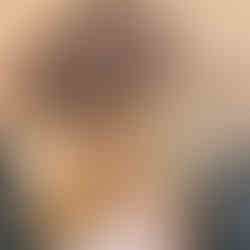


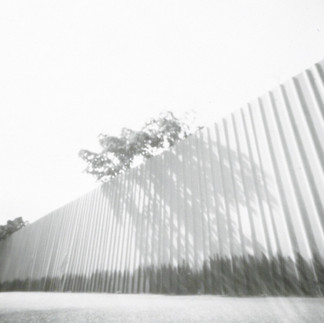






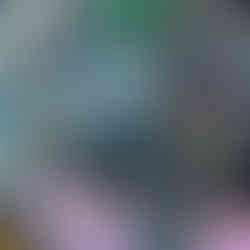


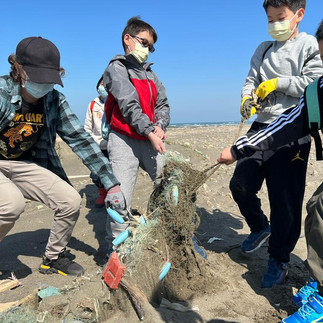
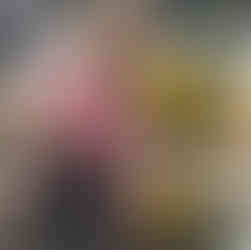



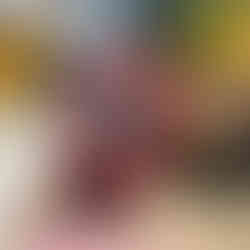



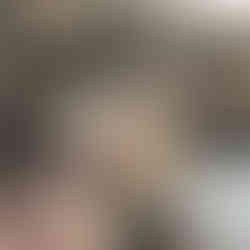









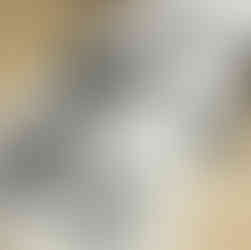


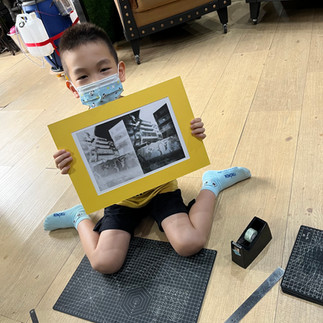
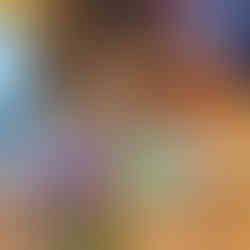


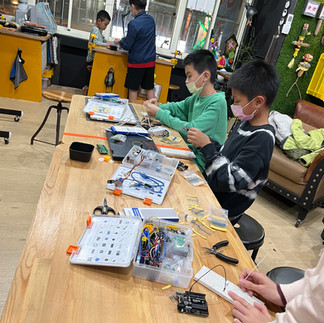


Comments